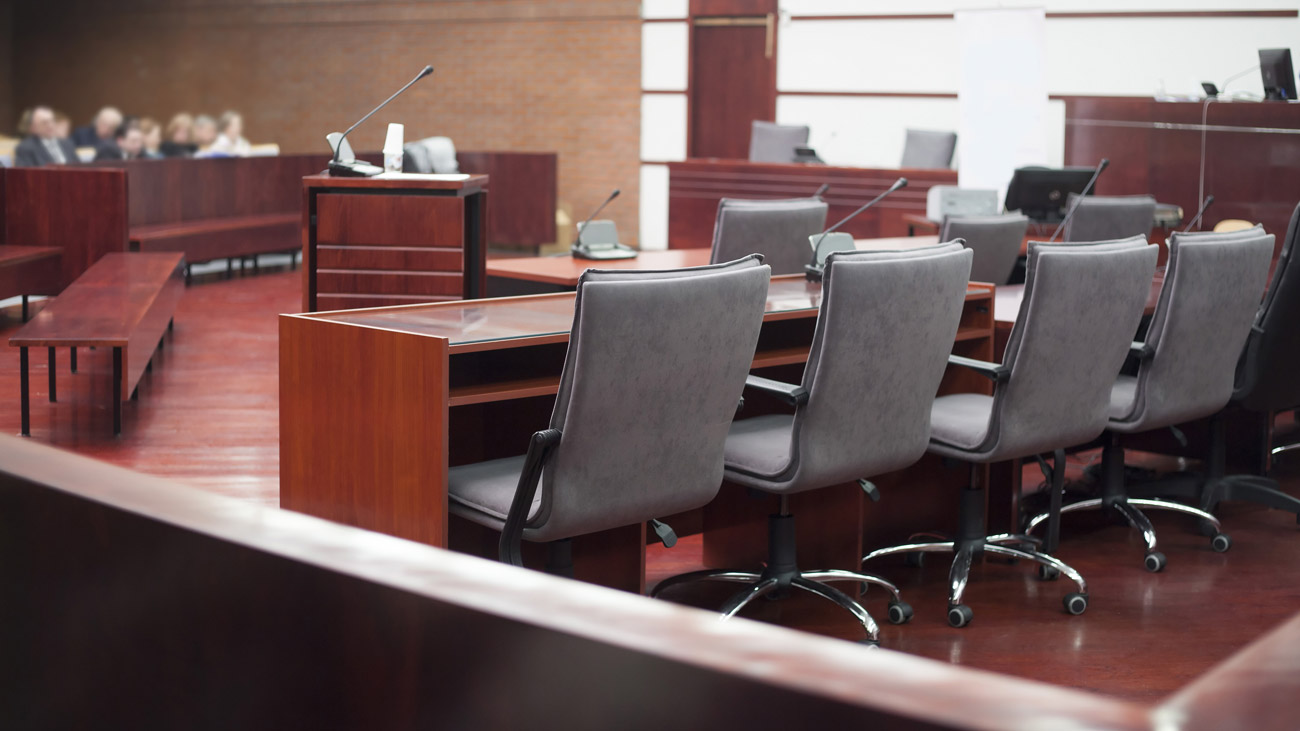
Briefing: Is an employer liable for the acts of a third party?
A recent case highlights the importance of going through a two-stage process to determine whether, in an incident, the organisation is vicariously liable for a third party’s actions. In this briefing, Seja Raja, Partner at law firm Weightmans, investigates this case.
Vicarious liability was considered recently by the Supreme Court in the case of Trustees of the Barry Congregation of Jehovah’s Witnesses (the Congregation) v BXB (the Claimant).
Background
In this case, the Claimant sought damages after she was raped by an elder of the Barry Congregation of Jehovah’s Witnesses. The Claimant and her husband were close friends of the elder and his wife, having met through the elder’s position in their congregation. The elder’s behaviour towards the Claimant became increasingly inappropriate and when the Claimant contacted the elder’s father for support, he advised the Claimant that the elder was suffering from depression and needed love and support.
On 30 April 1990, after a morning of evangelising with the elder and his wife, the Claimant and her husband went to the elder’s home. As the Claimant went into a room to provide support to the elder, he raped her; the elder was prosecuted and convicted of the rape.
The Congregation was found to be vicariously liable for the actions of the elder, the Court finding that the relationship between the Congregation and the elder was capable of giving rise to vicarious liability and that the rape was sufficiently closely connected to the elder’s position in the congregation to make it just and reasonable for the Congregation to be held vicarious liable for it.
This was upheld by the Court of Appeal. The Congregation was given permission to appeal to the Supreme Court.
The Supreme Court found that stage 1 of the test for vicarious liability (the relationship test) was satisfied but stage 2 (the close connection test) was not and therefore the Congregation was not vicariously liable for the elder’s rape of the Claimant.
The legal bit
The principal of vicarious liability makes organisations liable for the wrongful acts of third parties when certain conditions are satisfied. The judgment of the Supreme Court confirms the two-stage test required to determine whether a defendant should be vicariously liable for the actions of a tortfeasor.
Stage 1
A Court should consider whether the relationship between the defendant and tortfeasor is one of employment or akin to employment. When considering the ‘akin to employment’ test, the Court looks at the features related to employment, including:
- whether the work being undertaken is being paid for;
- how integral to the organisation the work carried out by the tortfeasor;
- the extent of the defendant’s control over the tortfeasor in carrying out the work; and
- whether the work is being carried out for the defendant’s benefit of the organisation.
The Supreme Court held that the relationship between the elder and the Congregation met the stage 1.
Stage 2
The stage 2 test is the ‘close connection’ test, whether the wrongful conduct was so closely connected with acts that the tortfeasor was authorised to do that it can fairly and properly be regarded as done by the tortfeasor whilst acting in the course of the tortfeasor’s employment or quasi-employment.
In this particular case, the Supreme Court held that the rape did not occur when the elder was carrying out activities connected with his role and instead took place in his own home. It occurred at a point in time when the elder was not exercising control over the Claimant because of his position as an elder; they were in the same room due to their close friendship, and the elder was not wearing his metaphorical uniform at the time of the rape.
The Supreme Court held that it was insufficient to satisfy the close connection test as the rape was not so closely connected with acts the elder was permitted to do for it to be fairly and properly regarded as committed in the course of his quasi-employment as an elder.
Conclusion
This judgment provides clarity and confirms the two-stage test to be used in vicarious liability cases, and highlights the importance of going through the two-stage process to determine whether the organisation is vicariously liable.







